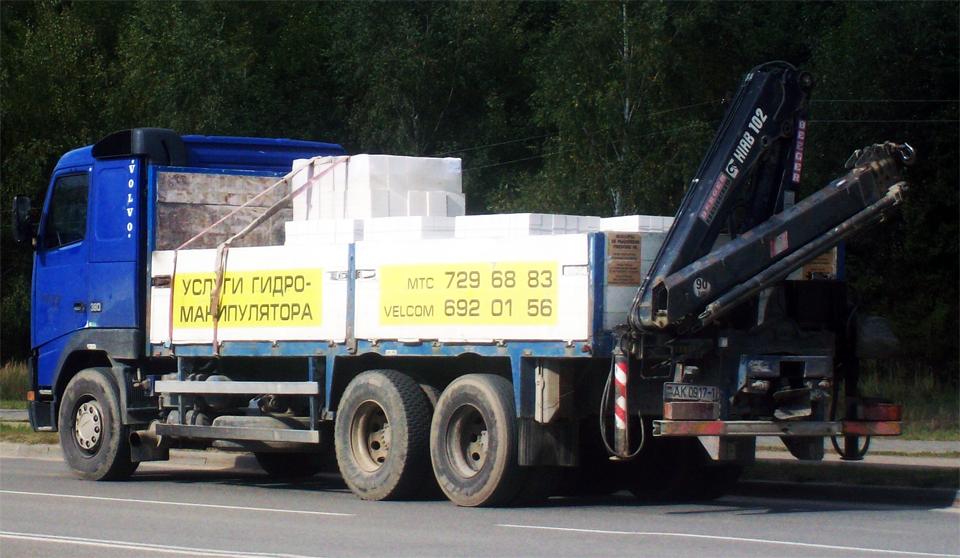What is a manipulator and why it's essential in construction and daily tasks.
The manipulator is an important tool
I work for a company that designs and assembles refrigeration units that operate on freon and ammonia. They are also installed on-site.
As part of our work, the units are assembled in the workshop. Compressors, receivers, separators, manifolds, filters and other components are mounted on the frame. Components are joined by argon welding or copper brazing, depending on the refrigerant used. After that the units are sent directly to the site.
After assembly we constantly faced the problem of how to load the units onto a vehicle. The company did not own a hoist; it seemed practical to use lifting equipment from neighboring companies. But problems arose there too, because not every hoist could lift more than 7–8 tonnes.
There was also a problem with unloading. For example, in forestry and horticulture settings a lifting mechanism or crane was often absent and it was impossible to unload the vehicle. As a result, we began ordering trucks equipped with a hydraulic crane manipulator.
Because our company is located far from the city, it was sometimes difficult to find a firm that provided the full range of services. Renting, ordering, and transportation became so uneconomical that we decided to buy a truck with a hydraulic manipulator mounted on it. There were many advantages — we could load and unload the necessary equipment at any time and did not have to pay other companies for the service. The manipulator's boom reach was 8 meters — that was quite enough. Naturally, the scope of application was not as wide as one might like. For example, the crane-manipulator was not always suitable for installing condensers on building roofs, although condensers rarely weigh more than 200 kilograms. It was still used on sites where building heights did not exceed 5 meters. But if the distance from the ground to the roof was greater, we had to hire cranes or other lifting equipment.

The truck paid for itself in 1.5 years. The boom reach was enough to lift a unit to the third floor. However, due to increased vibration from the compressors during operation, they are rarely placed above the first floor. Often these units are installed in basements. The manipulator itself is not complicated, and understanding how it works is not difficult. The only thing we had to pay attention to was the weight of the assembled units: it must not exceed the allowable lifting capacity. Fully protected electronics and concealed hydraulic wiring guaranteed maximum reliability, so the crane-manipulator required no repairs during three years of use. Regular maintenance carried out during that time greatly extended the manipulator's service life.
With the arrival of this excellent worker at our company, the process of loading and delivering units became significantly easier, as did the time spent, which in turn sped up work and made it less labor-intensive.